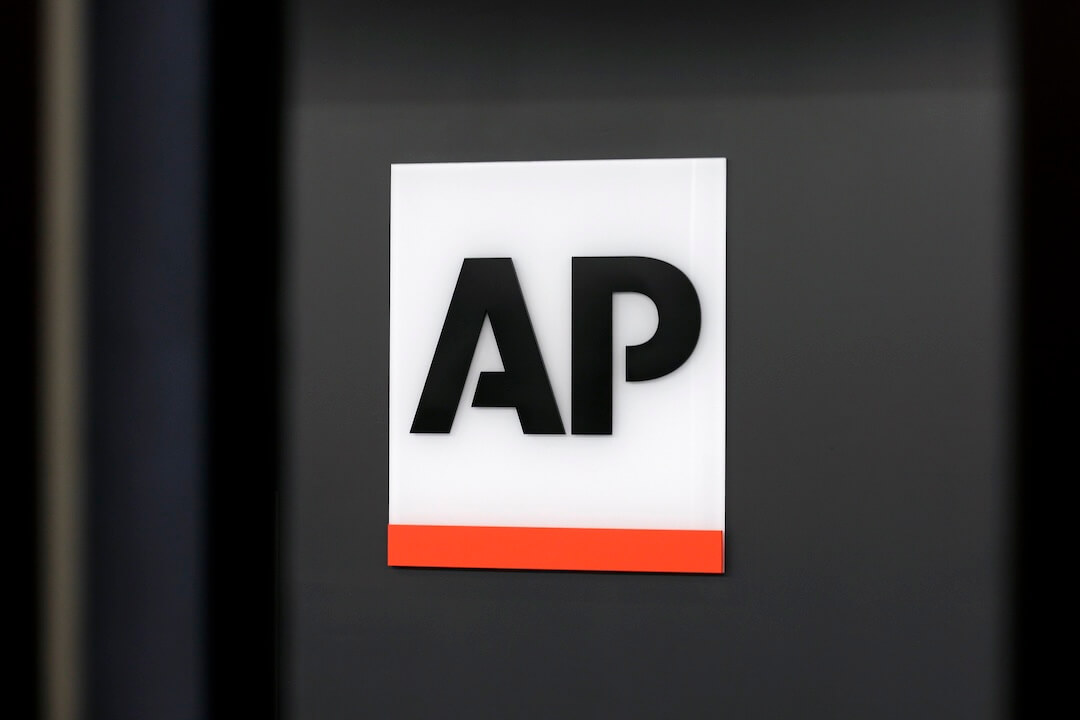The Associated Press is expanding a new content-sharing program with nonprofit news sites. A partnership with The Texas Tribune was announced in late March. On Monday, five more sites came on board — CalMatters, a large statewide political and investigative organization, and other operations in Nebraska, South Dakota, Montana and Hawaii.
The idea is that the AP can distribute partner content to paying clients around their home states and, if there is interest, nationally. In turn, the organizations will get access to the full range of the wire service’s election coverage, long a news and business pillar of the AP, and other stories that fit their needs.
AP, though a huge international business with several thousand journalists, is technically a cooperative, keeping profits it earns as reserves rather than distributing them to shareholders.
In a press release Monday, Josh Hoffner, U.S. news director, said, “As local coverage shrinks, content sharing agreements with other mission-driven news organizations across the U.S. are more important than ever. … These agreements are exciting opportunities for AP journalism to reach new audiences in an election year and simultaneously bolster the AP news report from states that can sometimes be overlooked.”
Neil Chase, CEO of CalMatters, emailed me that the new arrangement is a bit complicated to explain. The AP gets added stories for a more robust state wire offering. CalMatters already distributes content to 200-plus outlet partners, but with AP, that can be broader and more efficient.
“When they add a bunch of our stories — or maybe all of them — to the wire report, that’s a win for our distribution,” Chase wrote, “based on the idea that, as a nonprofit, it’s more important for us to get the news seen by as many people as possible than to insist that all the views happen on our site. It becomes easier for other publishers to pick up and use our stories because in so many cases the AP wire flows right into the content management system.”
Gannett and McClatchy announced in March that they were dropping AP membership. Monday’s announcement did not frame the partnerships as, in part, a response. But I don’t think that it would be a huge stretch to see this as a step along the path of AP’s moving away from its legacy newspaper roots, dating back to its founding in 1846.
I asked about that and received this email comment from senior vice president and executive editor Julie Pace, alluding to the widespread withering of newspaper staffing:
“We continue to deepen our commitment to local news and ensure we are able to focus on it, especially in parts of the U.S. where there are news deserts. At a time when the local news industry is under so much pressure, it’s our role as a news cooperative to do all we can to support local outlets with content and services that help them inform their audiences.”
The four other news partners are Honolulu Civil Beat, Montana Free Press, Nebraska Journalism Trust and South Dakota News Watch. All are in states only lightly covered by remaining commercial newspapers and their sites.
Complicating the situation for the AP is that its board is still controlled by newspaper members. But since the turn of the century, newspapers have been gradually supplanted in importance by much bigger broadcast and international operations. My bet would be on more and deeper partnerships with the nonprofit digital sector if this first cohort works out.
This piece originally appeared in The Poynter Report, our daily newsletter for everyone who cares about the media. Subscribe to The Poynter Report here.







